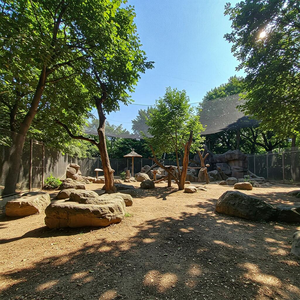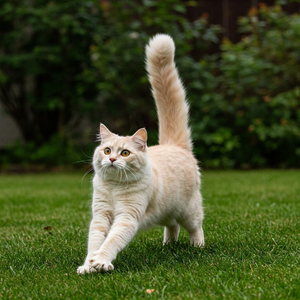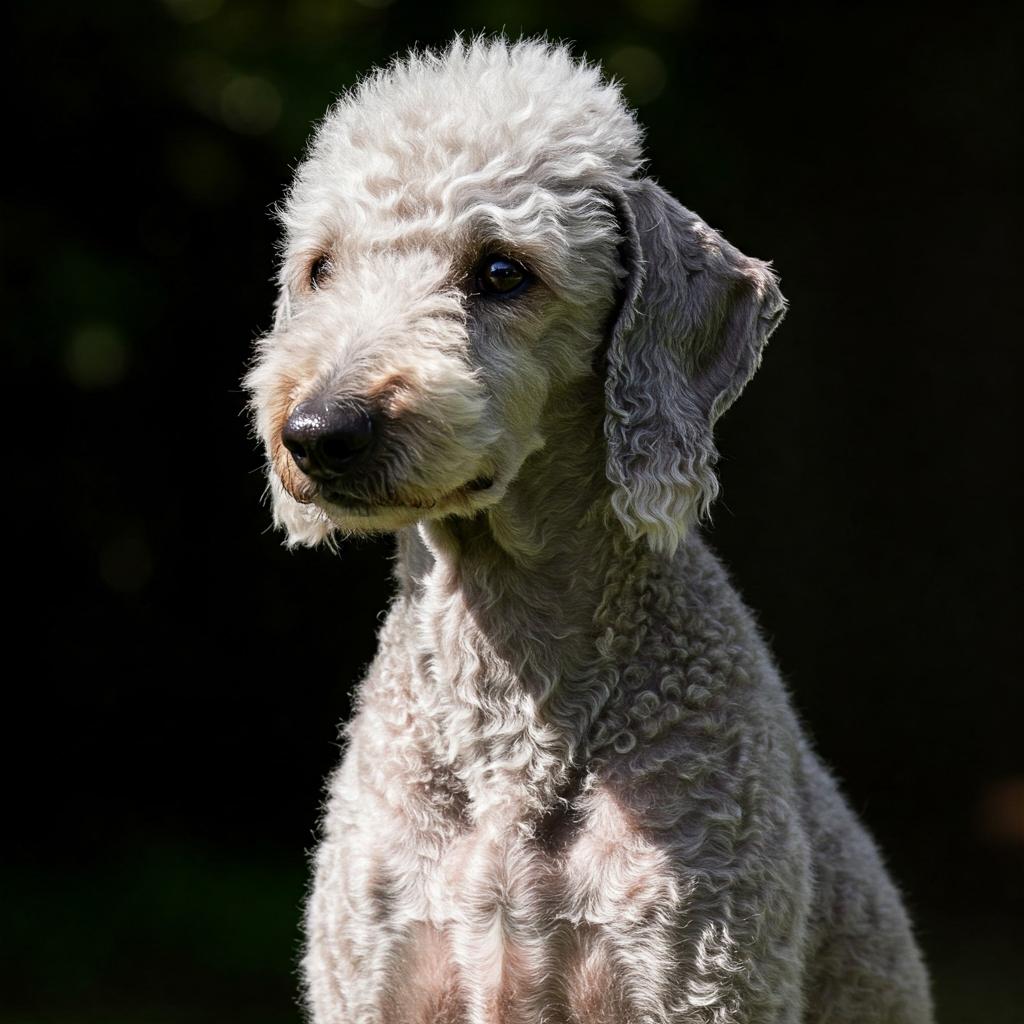
Unique Characteristics of Bedlington Terrier Breed
The origins of the Bedlington terrier dog breed are very controversial. It takes its name from a village, Bedlington in fact, a small town near Rothbury in Nothumberland, where there are records of similar dogs around 1820.
In this mining town they were mostly used as hunters of small animals such as hares and foxes, and also for hunting mice in mines and other vermin, for fighting and also for racing. Over time, the breed's characteristics slowly changed, becoming a longer-legged dog. In the 1900s, when its aesthetic became more elegant, the Bedlington terrier found favour with the nobility.
Still regarding its origins, one current of thought claims that it was imported from Holland by a group of weavers in the 18th century. Its ancestors include the ‘dandie dinmont’, a dog bred by the Duke of Antrim, the otterhound and the whippet and the result was a terrier-type dog with a slender body and the classic arched back typical of the greyhound. Certainly, wherever the first specimens were selected, the breed then developed in the north of England, bordering on Scotland.
It is a very distinctive-looking dog as it resembles a sheep at first sight.
Character of the Bedlington terrier dog breed
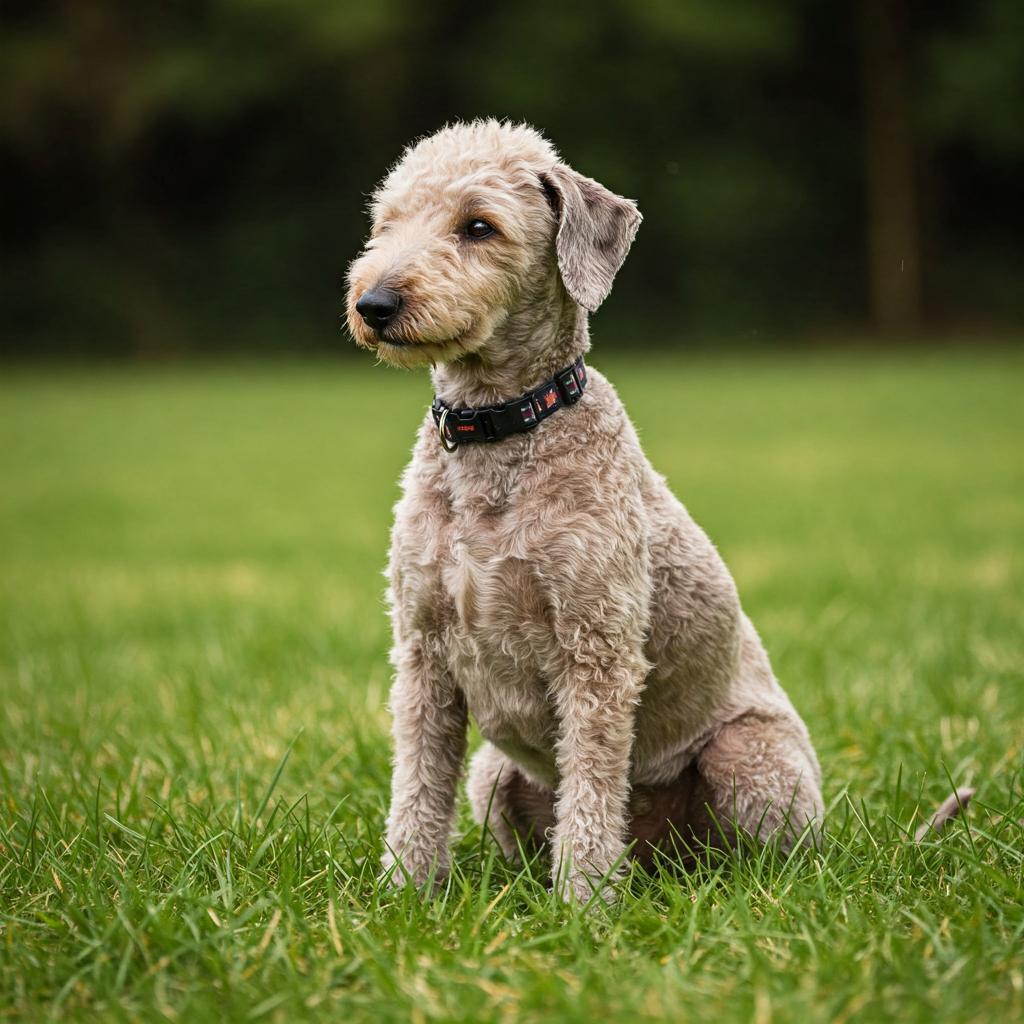
It suffers a lot from loneliness, so it is not suitable for people who are outside all day, just as it is not suitable for those who have their first experience with dogs as its training requires a minimum of experience, because it is a bit stubborn. It must be socialised and trained as soon as possible.
As a terrier, it does not get on very well with other dogs unless socialised early and targeted. Its origin as a hunter always remains and this means that it is sometimes considered a little rough and does not renounce at least one long daily outing to run and romp, which it needs very much. It is said that ‘he is so fast that he can hold his own against a horse at normal speed’.
With strangers he is quite wary but never gives any sign of submission; he is quick and decisive in his intentions. It is an excellent watchdog, adapts well to flat living, but also loves being outdoors.
Appearance of the Bedlington terrier dog breed
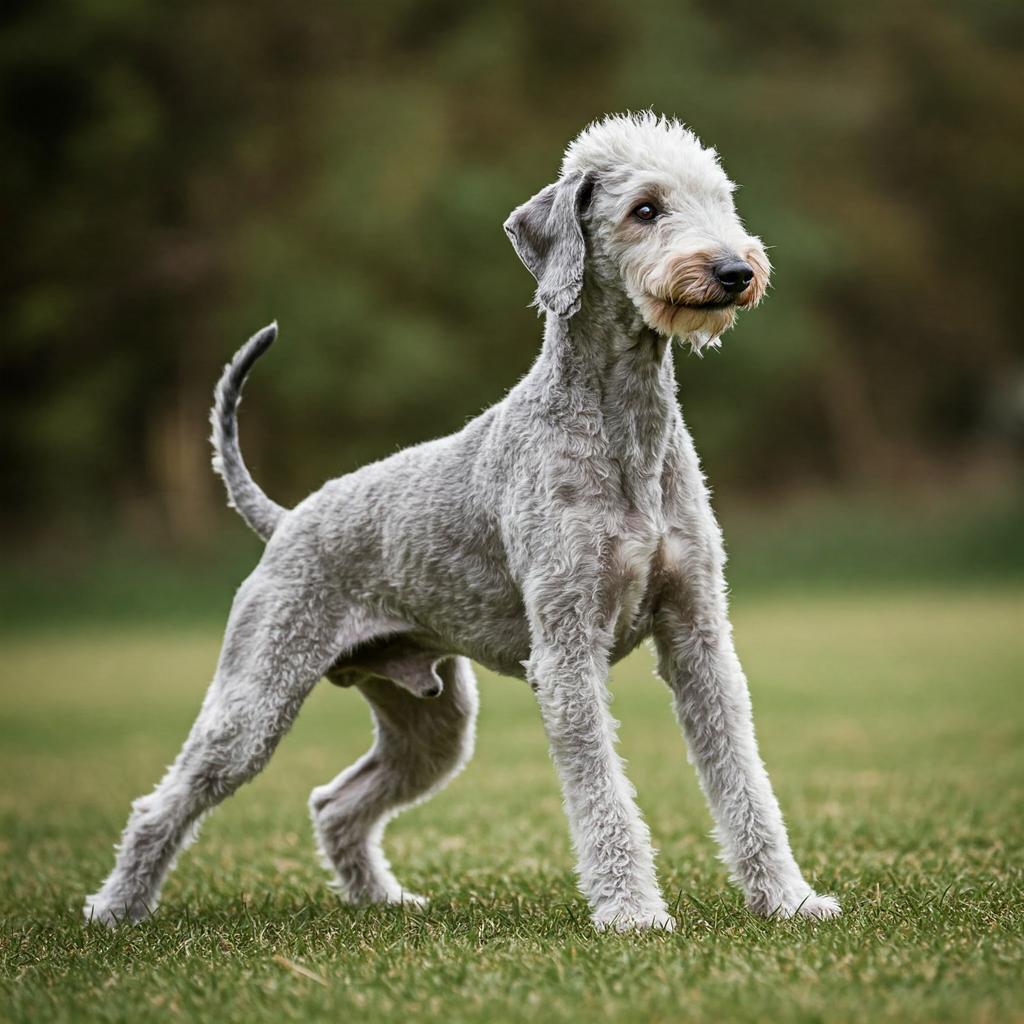
The thorax is deep and averagely wide and the croup is strongly arched. It has a long, tapered neck, rising from a pair of flat shoulders. The body is muscular, slightly longer than tall, the legs are slender and muscular, and the hind legs are longer than the front ones. The tail is set low and has a medium length, is carried low and soft, and in any case never raised above the rump. Overall, this dog expresses tonicity and great speed in its movements.
The very narrow and rounded skull is covered with a curious silky and abundant tuft of almost white colour. The head as a whole is pear- or wedge-shaped. The truffle has wide, well-defined nostrils. Blue and blue-furred specimens must have a black truffle, while liver and sand-coloured ones must have a brown one. The ears, covered with fur and falling flat on the cheeks, have a low hairline, the eyes are small, triangular and shiny. The colour changes according to the colour of the coat.
The Bedlington terrier's coat is very distinctive. It is very soft and thick, stands straight and is soft to the touch, has a tendency to curl especially on the head and facial area. The colours permitted by the breed standard are blue, blue and tan, liver and sand.
Health and care of the Bedlington terrier dog breed
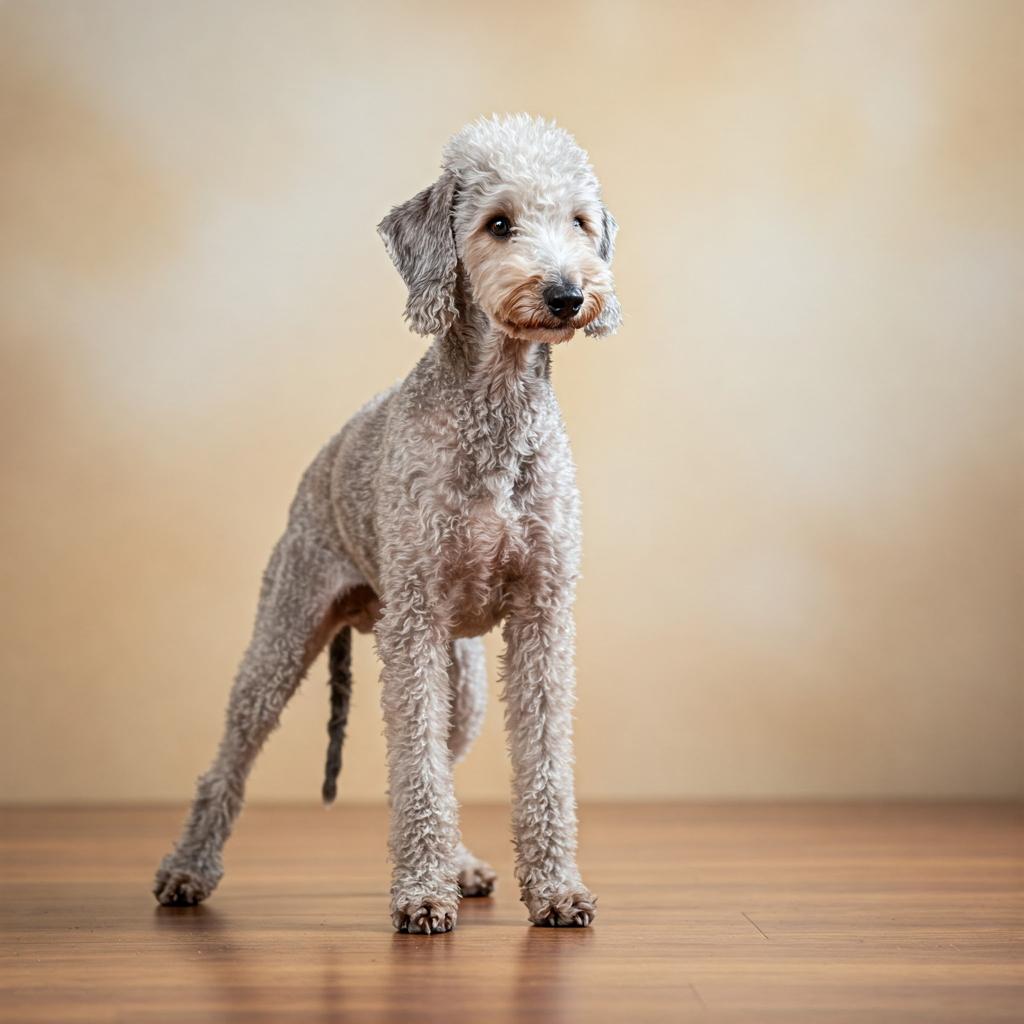
Exercise, daily and intense in some cases, is essential to keep this dog in excellent health and to avoid stress build-up. It has a very good resistance to both heat and cold, but not extreme and not for long. It is advisable to cover him on the coldest days of the year.
The Bedlington terrier has a hair that grows continuously and therefore needs to be shortened every six to eight weeks to maintain the dog's classic appearance. It should be considered among the dogs that have no hair loss if kept well brushed and shaved where necessary.
As far as nutrition is concerned, there are no particular problems; a balanced diet and plenty of exercise are the only things to do, it is not prone to gaining a lot of weight and manages itself very well.








